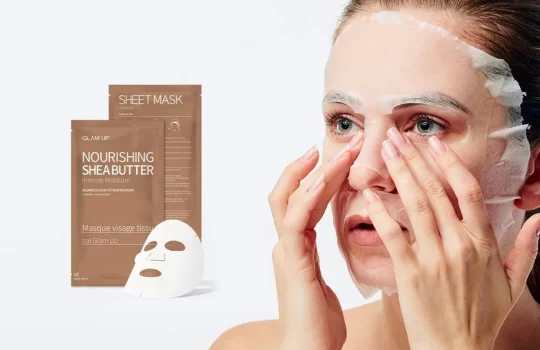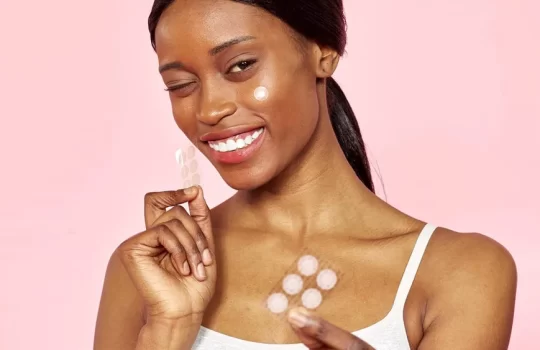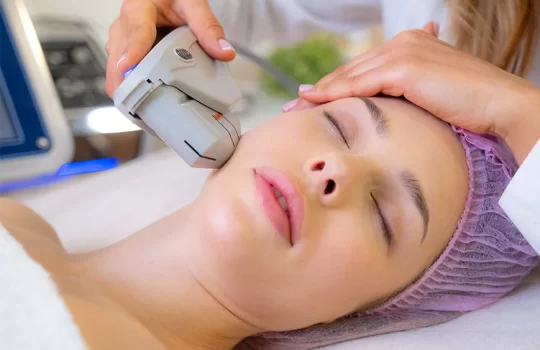Mastering the T Zone: A Comprehensive Guide to Managing Your Skin’s Central Command
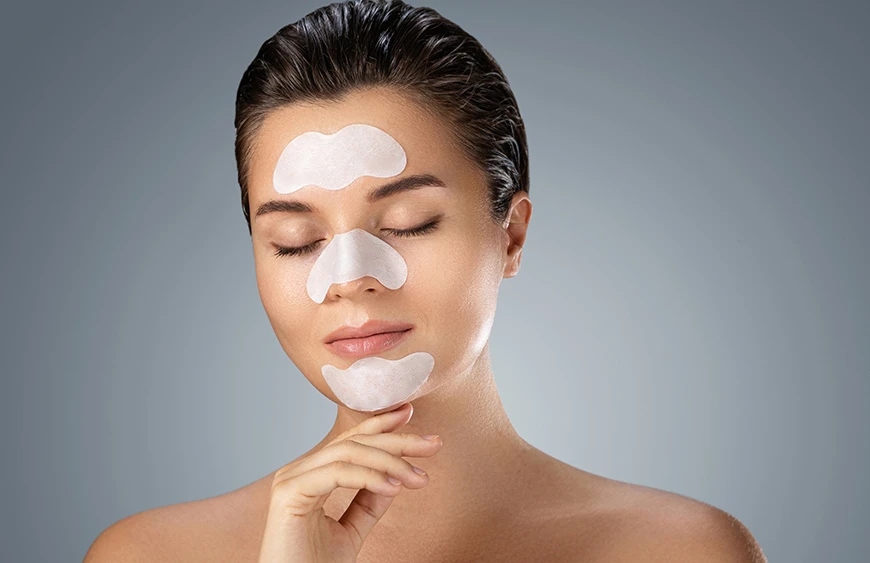
The T zone is frequently used in skincare discussions, referring to a specific area of the face that often requires special attention. Comprising the forehead, nose, and chin, that part is famous for being the central command station for oil production on the face. In this blog, we’ll explore the T-zone face, how to handle it, essential do’s and don’ts, T-zone skincare tips, and specific considerations for those with an oily face.
Navigating the Mysteries of the T Zone
The T zone, forming a T shape on the face (forehead, nose, and chin), produces more oil due to concentrated sebaceous glands. Drawing on that, excessive sebum leads to a shiny complexion, enlarged pores, and increased acne risk. Balancing skincare is crucial.
Skin Science: Decoding the Map to Radiance
Identifying your T zone is crucial for effective skincare. Stand in front of a mirror and observe the central part of your face. You likely have an active T zone if you notice increased shine, enlarged pores, or a tendency to break out in these areas.
Understanding your skin type is crucial for creating an effective skincare routine, considering that elusive T-zone. There are four common skin types: oily, dry, combination, and just normal. Here’s a brief overview of each:
1. Oily Skin:
- Characteristics: Excess oil production, enlarged pores, prone to acne and blackheads.
- Skincare tips: Look for oil-free and non-comedogenic products. Use a gentle cleanser, and consider the consequences with ingredients like salicylic acid or benzoyl peroxide for acne control.
2. Dry Skin:
- Characteristics: Tightness, flakiness, rough texture, dull appearance.
- Skincare tips: Choose moisturisers with hydrating ingredients like hyaluronic acid or glycerin. Use a gentle, creamy cleanser and avoid harsh exfoliants.
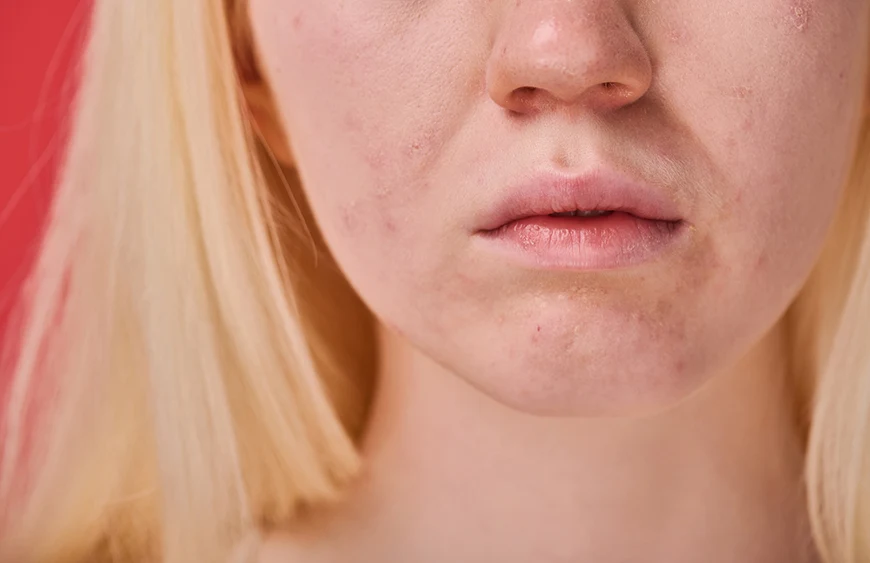
3. Combination Skin:
- Characteristics: A mix of oily and dry areas. Typically, the T-zone (forehead, nose, and chin) is oily, while the cheeks are dry.
- Skincare tips: Tailor your routine to address different areas. Consider using a mild cleanser, a lightweight, decadent moisturizer, and targeted treatments.
4. Normal Skin:
- Characteristics: well-balanced, oily, and dry.
- Skincare tips: a balanced routine with a gentle cleanser, moderate moisturizer, and occasional targeted treatments as needed.
Handling Your T Zone: Do's and Don'ts
To maintain a healthy and balanced complexion, it’s essential to address the specific needs of your T zone. Here are some do’s and don’ts to guide you in managing this crucial area of your face.
Do's:
1. Cleanse Regularly:
A gentle, daily cleanser is your first defence against excess oil in the T zone. Choose a cleanser that removes dirt and oil without stripping your skin of its natural moisture.
2. Use Exfoliants:
3. Hydrate:
Even if your T zone is oily, it’s essential to moisturise. Use an oil-free, non-comedogenic moisturiser to maintain the skin’s hydration levels without clogging pores.
4. Apply sunscreen:
Sun protection is crucial for all skin types. Use a broad-spectrum sunscreen with at least SPF 30 to shield your skin from harmful UV rays. Look for a formula that suits oily skin to avoid a greasy finish.
5. Consider a Clay Mask:
Clay masks can be beneficial for absorbing excess oil and minimising the appearance of pores. Use a clay mask once or twice a week to help control oil production.
Don'ts:
1. Avoid Harsh Products:
Skip skincare products that contain harsh chemicals that can strip the skin of its natural oils, increasing oil production as the skin tries to compensate.
2. Don't Overwash:
Keeping your T zone clean is essential; overwashing can stimulate the sebaceous glands, triggering more oil production. Stick to a morning and evening cleansing routine.
3. Refrain from Touching Your Face:
Touching your face can transfer dirt and bacteria, exacerbating breakouts. Resist the temptation to pop pimples, as it can lead to scarring and prolonged healing.
4. Limit Hot Water Exposure:
Hot water can strip the skin of its natural oils, leaving it dry and prone to increased oil production. Use lukewarm water when washing your face to avoid this effect.
5. Don't Skip moisturiser:
Some individuals with oily skin might be tempted to skip moisturiser, thinking it will exacerbate oiliness. However, ignoring moisturisers can lead to dehydration, prompting the skin to produce more oil. Choose a lightweight, oil-free moisturiser to maintain balance.
T-Zone Face: Embracing Your Unique Skin Profile
Understanding that the T-zone has distinct characteristics is the first step in embracing a unique skin profile. At the same time, the T-zone may require special attention; it is essential to recognize that each person’s skin is different. Tailor your skincare routine to suit your needs, considering factors such as age, climate, and overall skin health.
Addressing T-Zone in oily skin
- Choose oil-free or non-comedogenic skincare for a matte look.
- Use blotting papers to control oil and maintain makeup.
- Opt for matte-finish makeup to control oil and enhance your complexion.
- Apply salicylic acid for targeted oily area treatment.
- Use clay masks to manage oil and promote clearer skin.
Addressing T-Zone in dry skin
- Use a mild cleanser to avoid stripping natural oils.
- Choose a moisturiser with hyaluronic acid and use hydrating masks weekly.
- Gently exfoliate with AHAs/BHAs to remove dead skin.
- Always wear SPF 30 sunscreen to protect against dryness from sun exposure.
- Stay hydrated, use a humidifier, and consider a dermatologist if dryness persists.
Addressing T-Zone in neutral skin
- Use an oil-free moisturizer on the T-zone, slightly heavier on drier areas.
- Apply primer for a smooth texture, focusing on T-zone.
- Choose a balanced foundation for a neutral skin tone.
- Spot conceal blemishes, avoiding excess product on the T-zone.
- Set makeup with a light, translucent powder on T-zone to control shine.
In order to discuss all concerns related to the T-zone, we would like to introduce two of WhySoGergous’s best skincare devices that can be crucially useful when addressing T-zone problems. We highly recommend the following two devices: VANAV The Selection All-in-one and Bubble Pop Cleaner
- VANAV THE SELECTION device works like magic when tackling T-zone concerns. It exfoliates, and it is an anti-aging and face-lifting device as well. VANAV The Selection comes with an ultrasonic skin scrubber, galvanic care head, and line care head. It helps cleanse, unclog pores, lift the face, hydrate, sculpt the face, contour skin, and enhance favorite skin care products by gently exfoliating it.
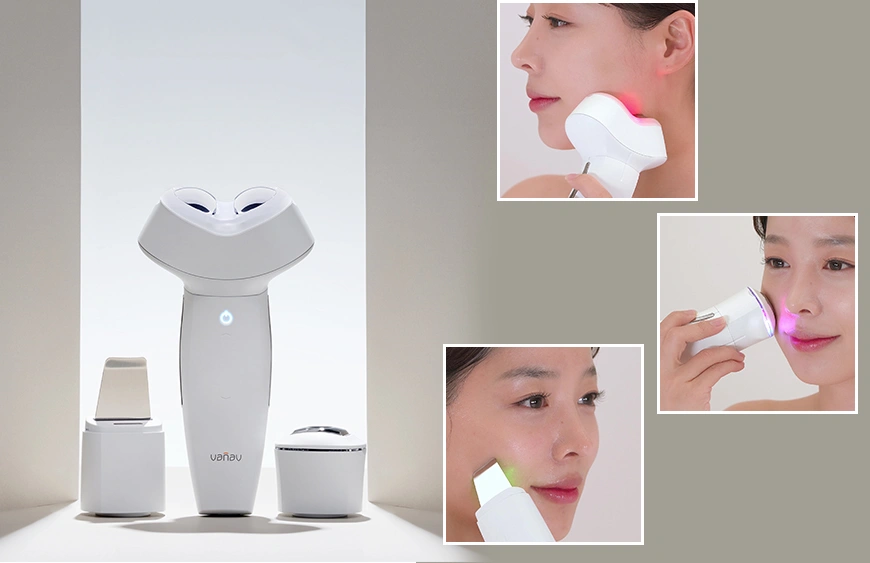
- On the other hand, the Bubble Pop Cleanser could be considered a perfect choice if you are looking for a device that delicately and gently scrubs all the dead skin, removes white or blackheads, especially in the T-zone, and easily removes makeup and enlarged pores with any cleanser available too. The abundant micro-foam made by the core brush and spin brush helps cleanse the skin perfectly without irritation for any skin type.
T-Zone Face: Embracing Your Unique Skin Profile
What food causes acne?
What causes T-zone acne?
Should I pop pimples in the T-zone?
Popping pimples in the T-zone or any other area is generally not recommended. Popping pimples can lead to scarring, infection, and inflammation. It’s best to let pimples heal naturally or seek professional dermatological advice.
Why won't skin spots go away?
Why is my T-zone suddenly oily?
An abrupt increase in T-zone oiliness can be due to hormonal changes, changes in weather, harsh skincare products that strip the skin of natural oils, or an imbalance in the skincare routine. Adjusting your skincare routine and choosing products suitable for your skin type can help manage excess oiliness.
In a nutshell, mastering the T zone is essential to achieving balanced and healthy skin. By understanding the unique characteristics of this central facial area, implementing effective skincare practices, and considering the specific needs of oily skin, you can maintain a radiant complexion.
Remember, a customized skincare routine that includes regular cleansing, appropriate moisturization, and targeted treatments can make a significant difference in managing your T zone and achieving the beautiful, healthy skin you desire.
